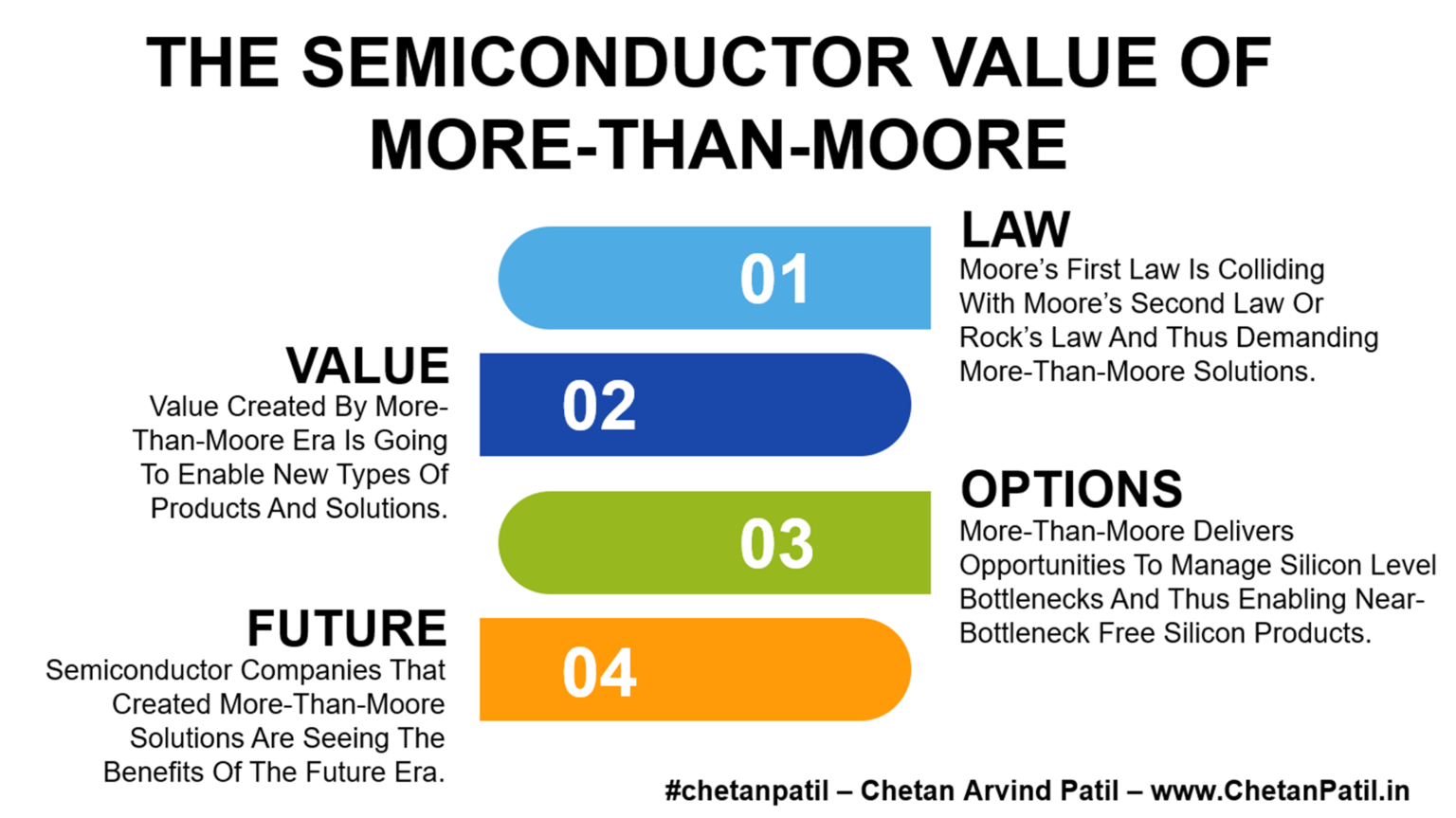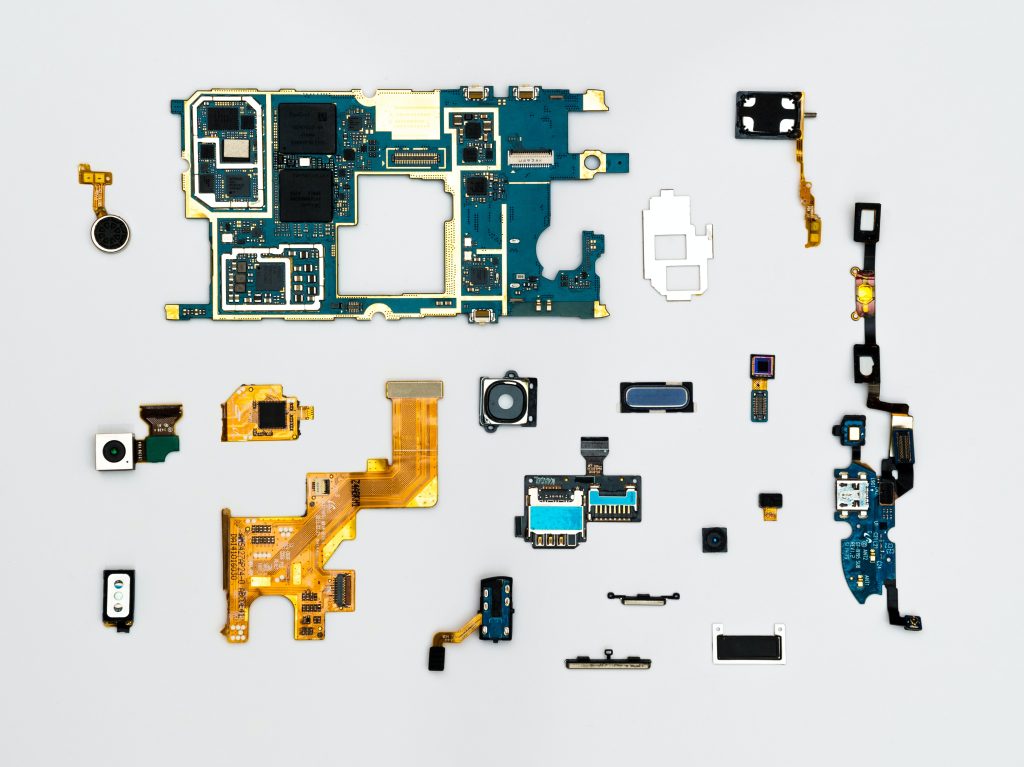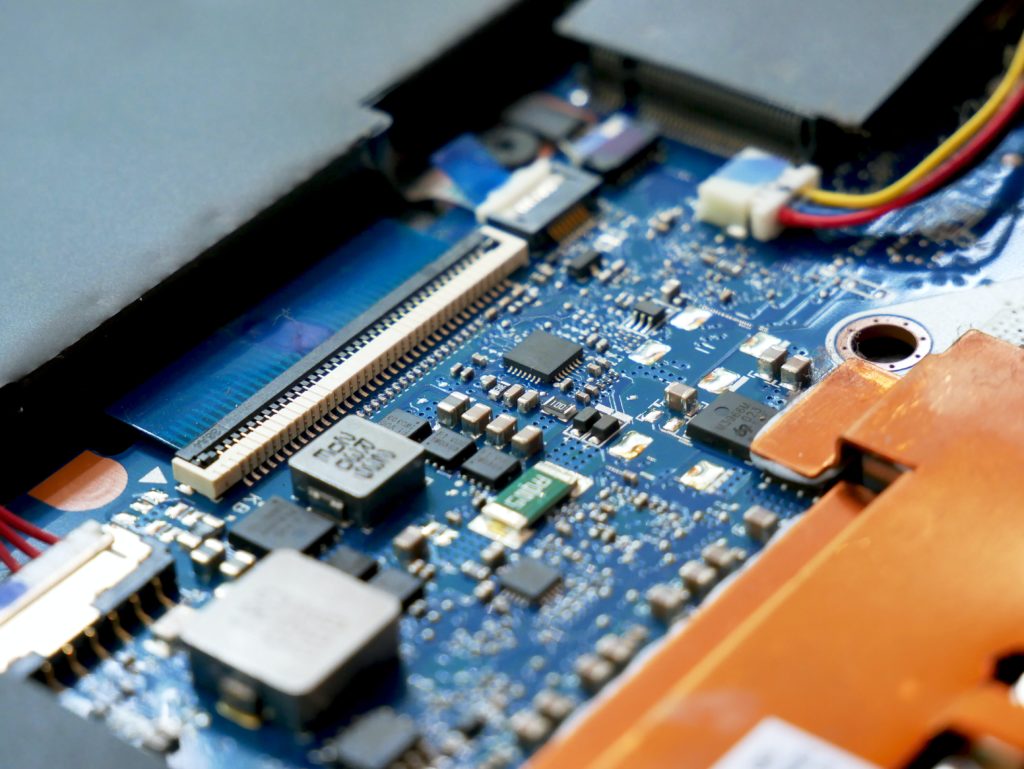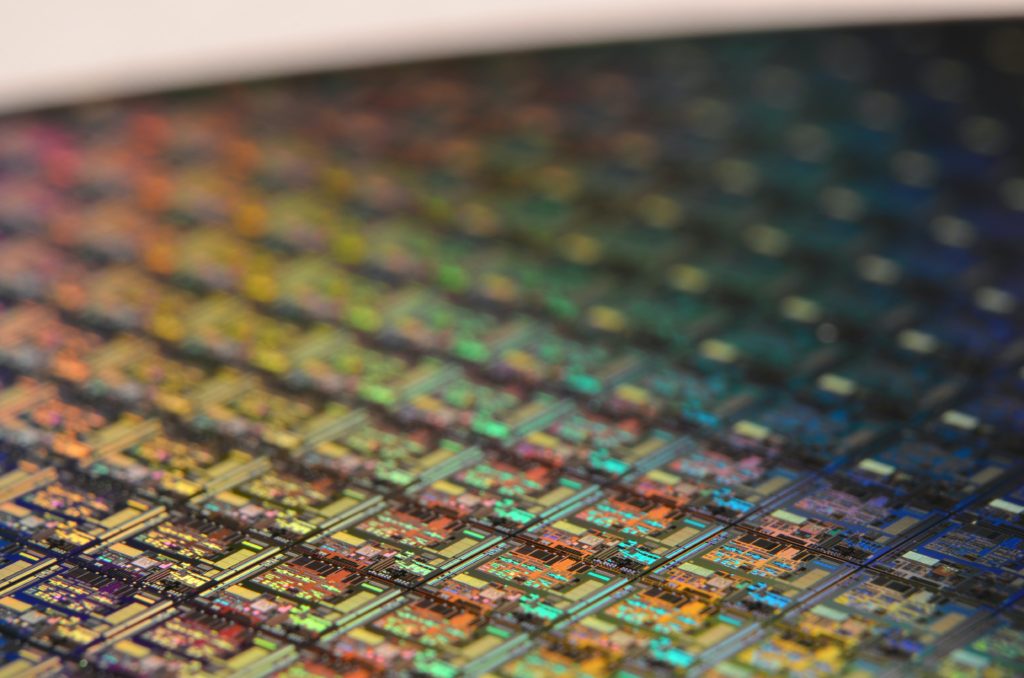Photo by Dan Cristian Pădureț on Unsplash
The semiconductor industry is all about value creation for the business dependent on it. This value is primarily due to Moore’s first law-driven semiconductor product that brought several generations of computing solutions. And, to ensure the value creation process continues forever, More-Than-Moore solutions are now needed.
The need to bring More-Than-Moore is not due to Moore’s first law not applying to the semiconductor industry. More so, it is still a few decades before the semiconductor industry will run out of ways to pack more transistors while also shrinking the area.
The fundamental reason to adopt More-Than-Moore solutions is Moore’s second law or Rock’s law, as it is known widely. According to it, the complexity and cost of a new generation of die solutions are doubling every few years and thus leading to a point whereby the ability to pack more transistors will not lead to any favorable cost benefits. The main reason is the capital-intensive semiconductor design, research, and manufacturing processes.
Law: Moore’s First Law Is Colliding With Moore’s Second Law Or Rock’s Law And Thus Demanding More-Than-Moore Solutions.
Value: Value Created By More-Than-Moore Era Is Going To Enable New Types Of Products And Solutions.
The best way to overcome the scenario of Moore’s first law colliding with Moore’s second law or Rock’s law is to bring semiconductor solutions that speed up the growth of More-Than-Moore. It will enable a new generation of silicon products and balances the feature and costs of highly complex semiconductor products, mainly XPUs.
Overall, the value created by the More-Than-Moore solutions is toward solving the exact problem the semiconductor design and manufacturing industry will face (or already has) in the future. More-Than-Moore provides design-level optimization and can also reduce the cost of manufacturing by leveraging the mix of older and newer technologies.

Today, complex silicon architectures are following the traditional die-level integration and hitting the feature walls, thus demanding new solutions. Something, More-Than-Moore can provide.
Solutions like chiplets, disaggregated design, and heterogenous packaging are a few More-Than-Moore solutions. These solutions, for now, are costly. However, as the rate of adoption and deployment increases, the cost will slowly go down and eventually will drive new types of silicon solutions that are always bottleneck-free.
Options: More-Than-Moore Delivers Opportunities To Manage Silicon Level Bottlenecks And Thus Enabling Near-Bottleneck Free Silicon Products.
Future: Semiconductor Companies That Created More-Than-Moore Solutions Are Seeing The Benefits Of The Future Era.
Out of all, a critical value created by the More-Than-Moore solutions is: providing options for the computing industry. Chiplets and heterogenous integration have already enabled this path. To further drive futuristic products, the semiconductor industry will have to focus on solutions that can provide customers with better options by embracing the More-Than-Moore-enabled era.
Semiconductor companies that are working on complex silicon architecture have realized the value the More-Than-Moore era will bring. It is the primary reason such companies are investing in solutions that will become de-facto in the future. The companies that have not started working on such a solution should review the potential the More-Than-Moore era can provide by reshaping the computing world.


















